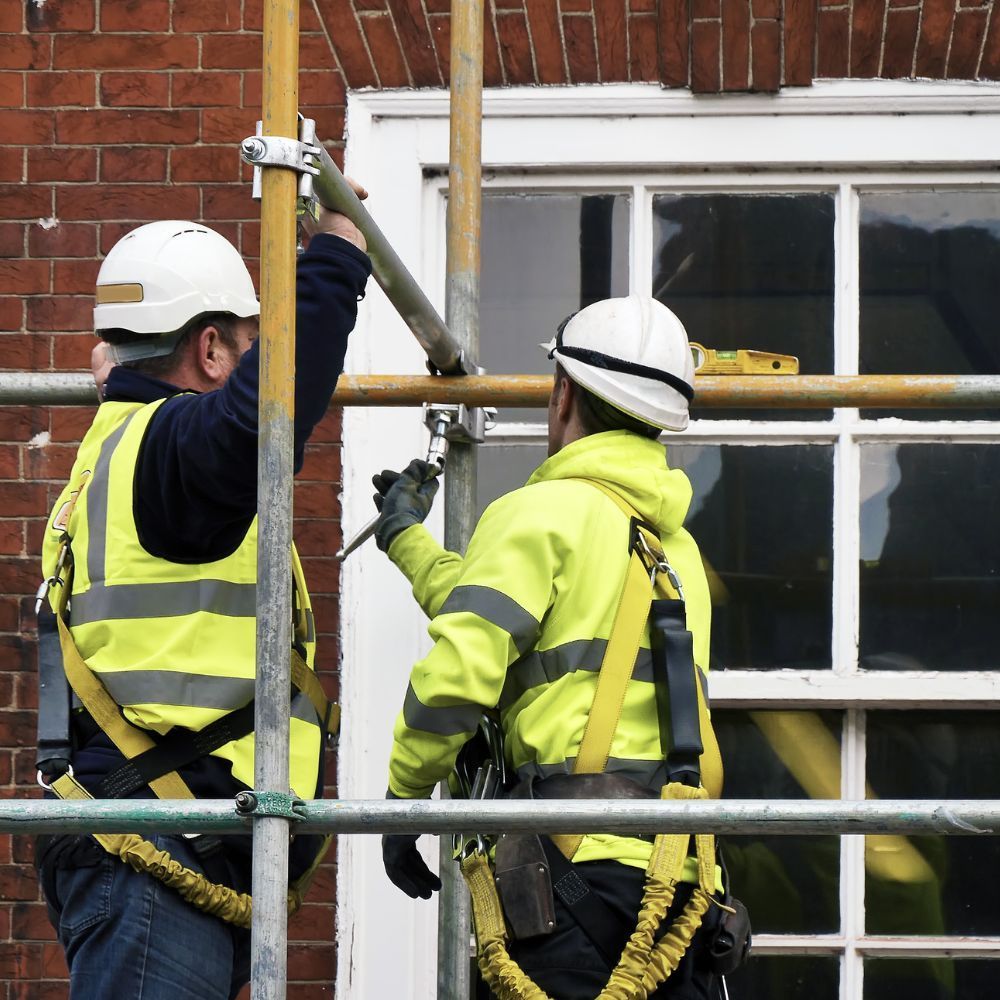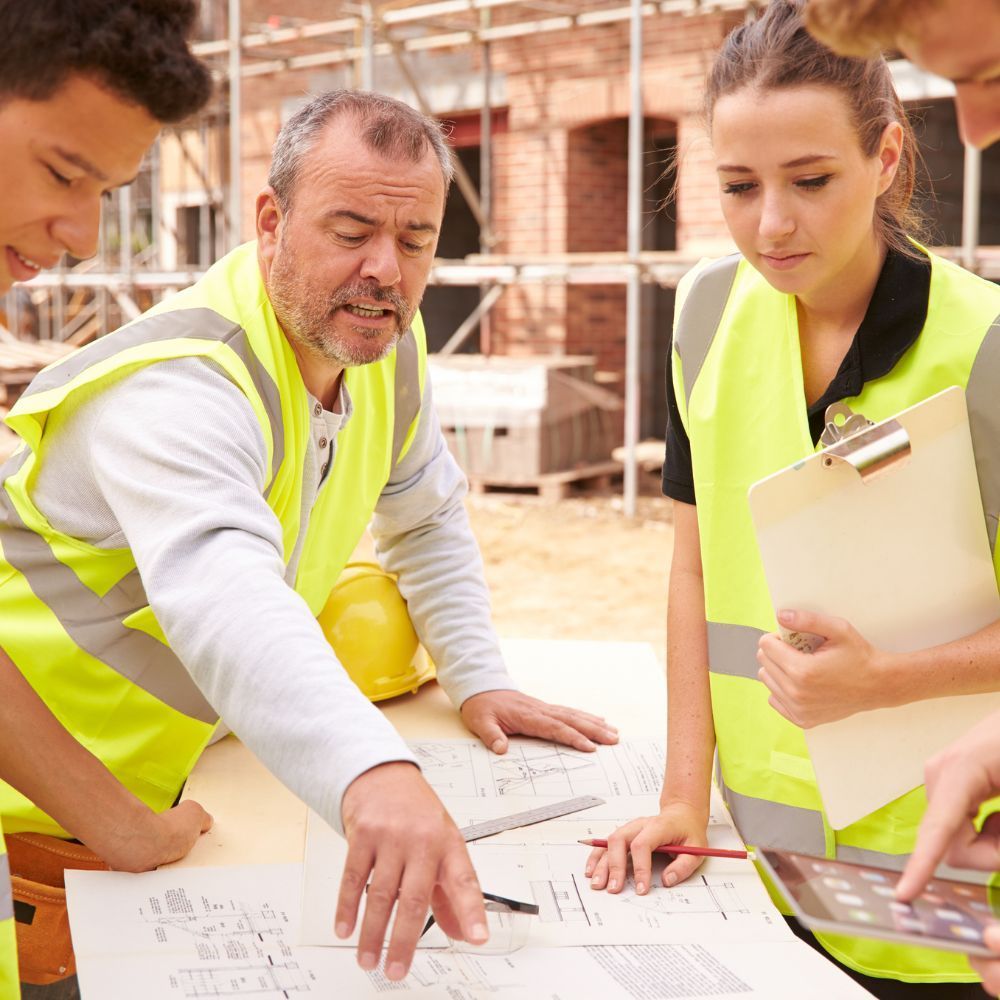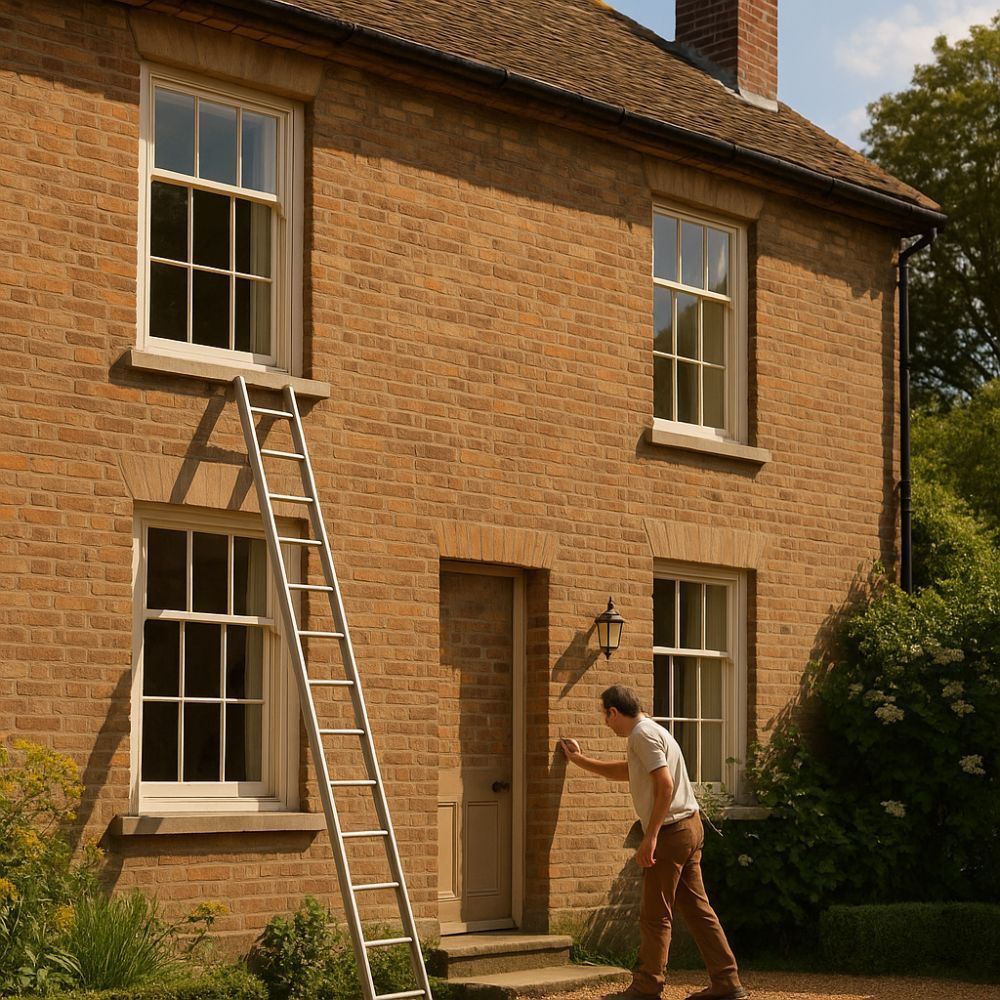Traditional vs. Modern Materials: What Works Best in Restoration?
Balancing authenticity and performance in period property work

Restoring an older building is not just about repairing original features; It is about understanding what makes the property special and preserving its character while making it suitable for everyday life. One of the biggest decisions during any restoration project is whether to use traditional or modern materials. Each property is unique in the requirements for restoration which is why it is important to know the pros and cons of each method to ensure that you make the right choices.
At Point Builders, we have over three decades of experience of working on listed buildings, cottages, and historic townhouses. In this blog, we explore how to decide what works best, and why getting the balance right really matters.
The Case for Traditional Materials
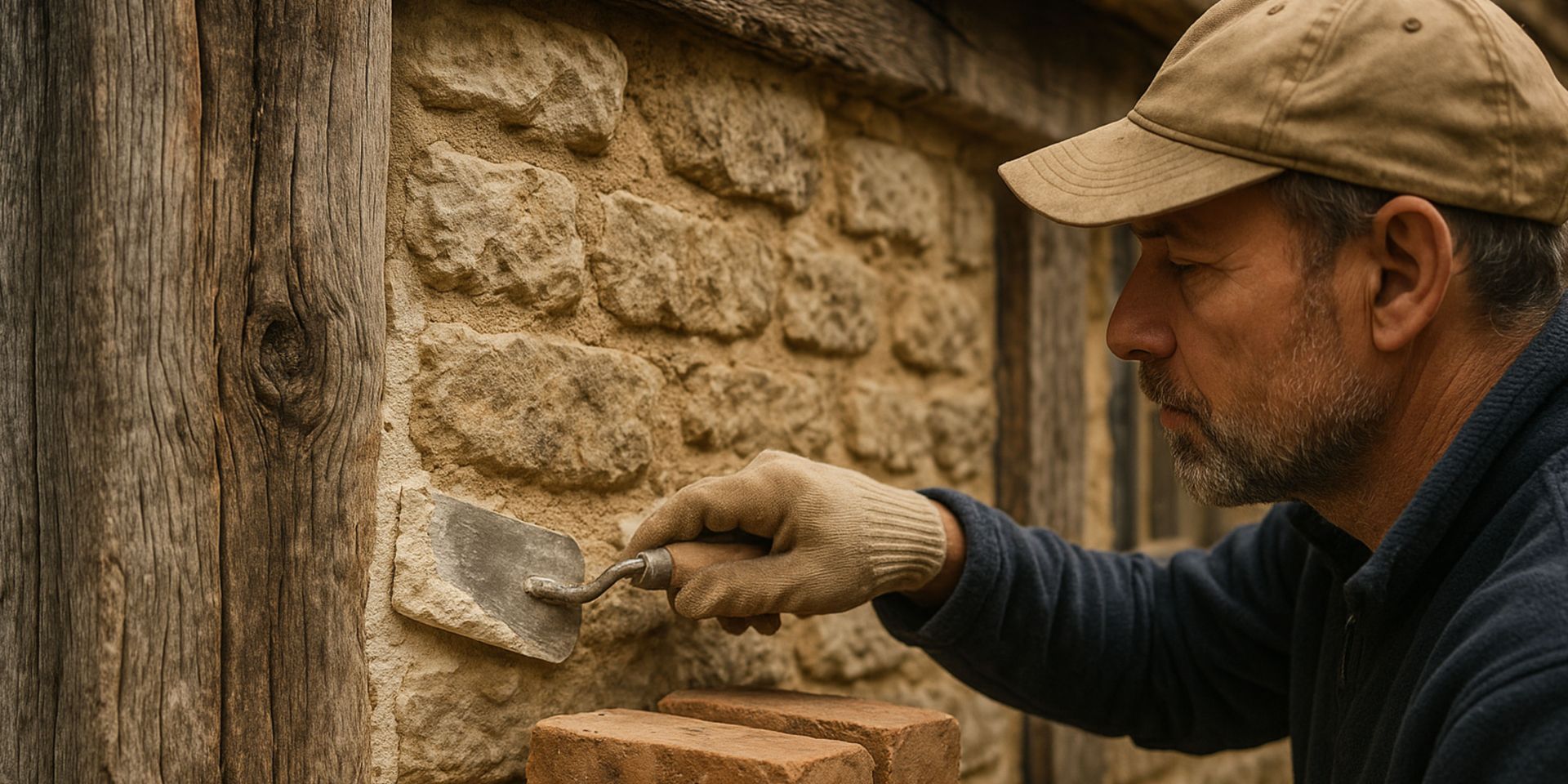
There is a reason why buildings from centuries ago still stand today. Traditional materials such as lime mortar, stone, and timber were built to last and often perform well in the context they were designed for.
- Lime mortar allows walls to breathe, helping to manage moisture in solid-walled buildings
- Timber frames, if properly maintained, can last for generations
- Handcrafted bricks and natural stone often match the original construction better than modern alternatives
Traditional materials tend to be more forgiving in older properties and help maintain the building’s integrity. They are also favoured by conservation officers, especially in listed buildings or protected areas.
The Benefits of Modern Materials
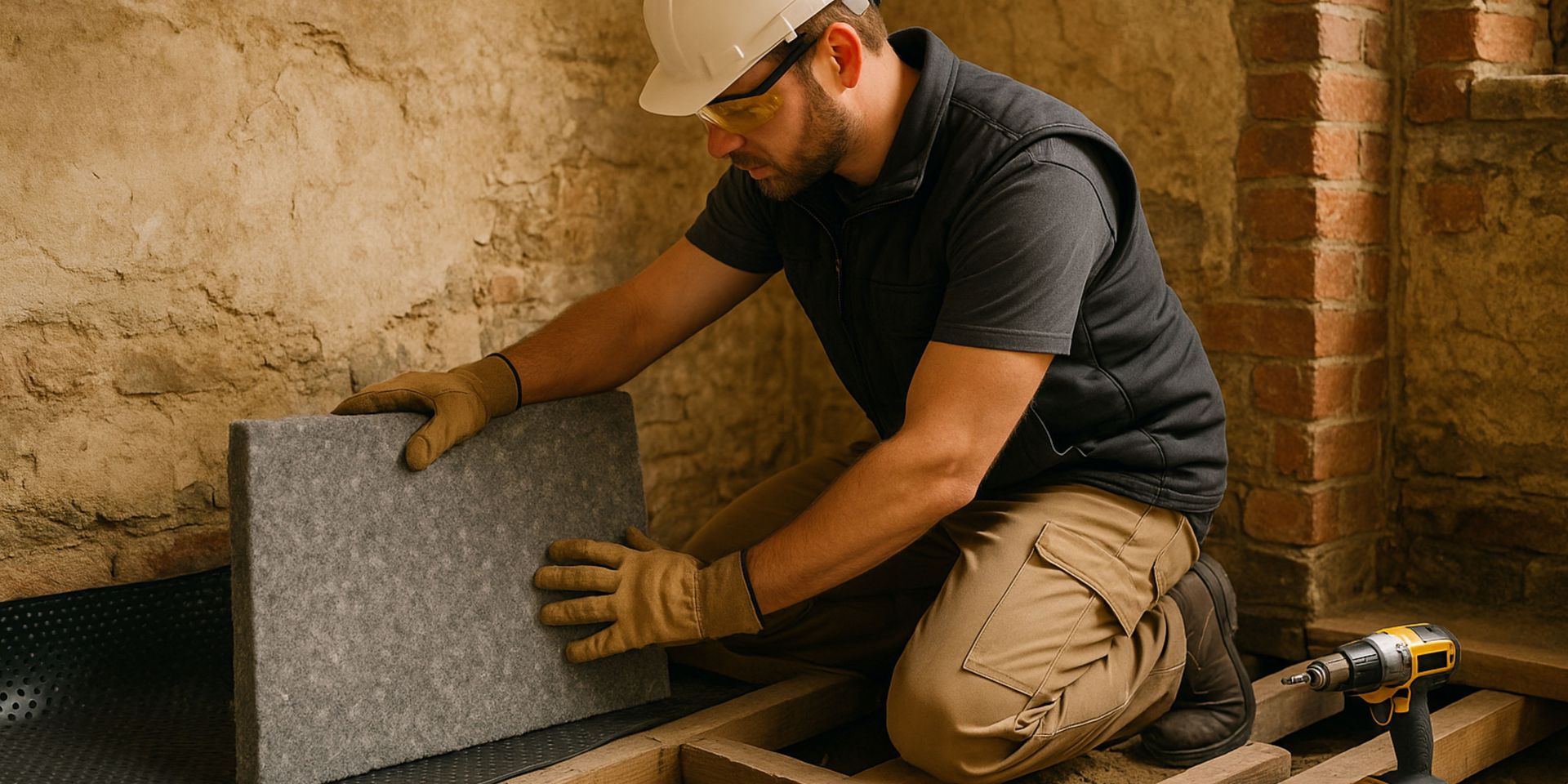
That said, modern materials have their place, particularly when it comes to insulation, energy efficiency, and long-term performance in hidden areas.
- Modern breathable insulation products can improve thermal comfort without damaging the original fabric
- Steel reinforcements or damp-proof membranes may be necessary where original materials have failed
- High-performance paints and sealants can protect vulnerable areas without changing the appearance
Used carefully and with consideration, modern solutions can solve problems that traditional materials alone may not address.
Striking the Right Balance
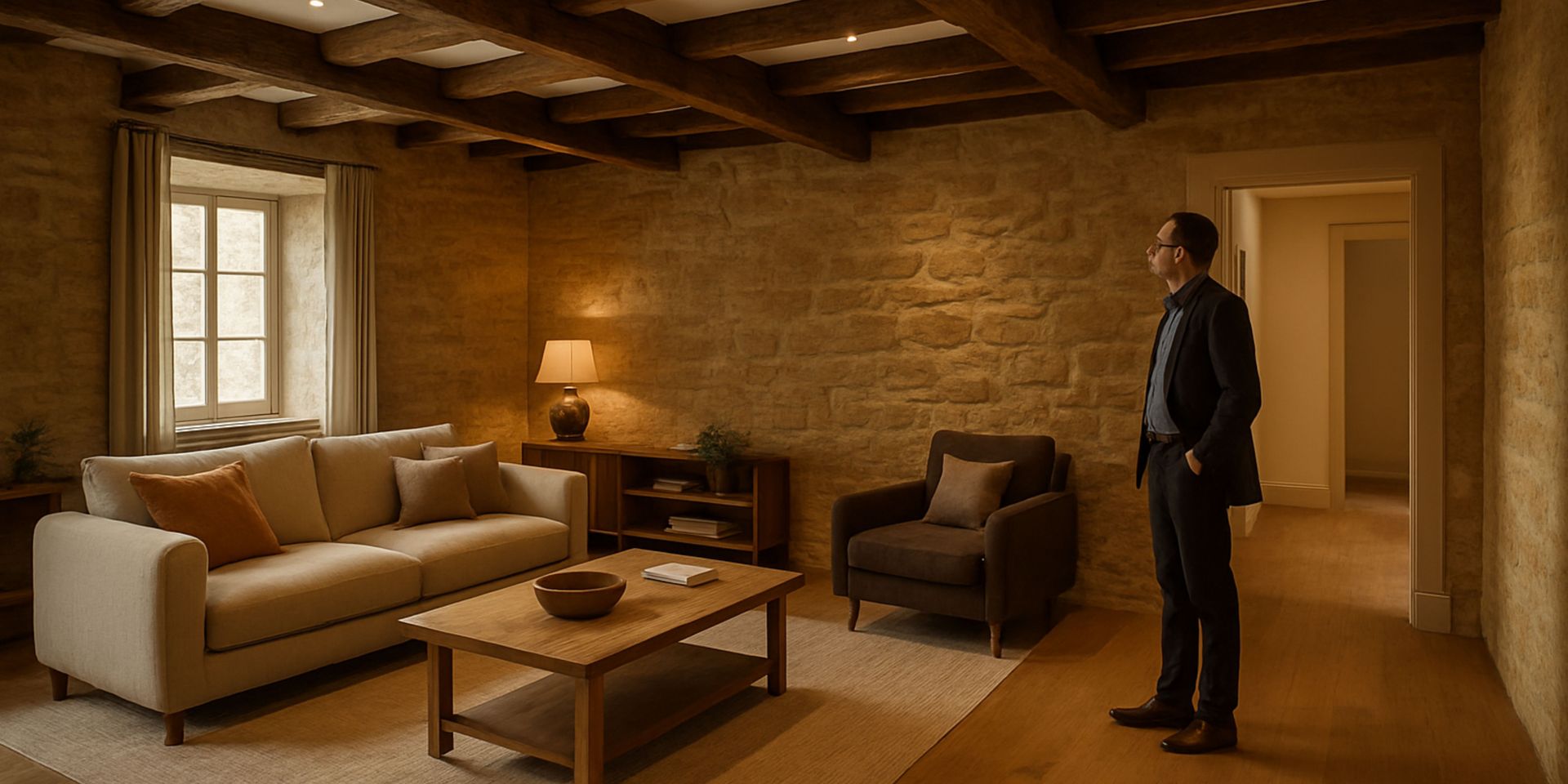
The goal in any restoration is to keep the character of the building while making it liveable and structurally sound. Often, the best approach is a thoughtful combination of both traditional and modern materials.
- Use like-for-like repairs on visible or historically significant elements
- Introduce modern materials in areas where they are hidden or essential for long-term performance
- Work with professionals who understand heritage buildings and respect their unique needs
Choosing materials is not just about what looks right but about how those materials interact over time. What works in a new build may not suit a structure that is 200 years old.
Make Informed, Respectful Choices
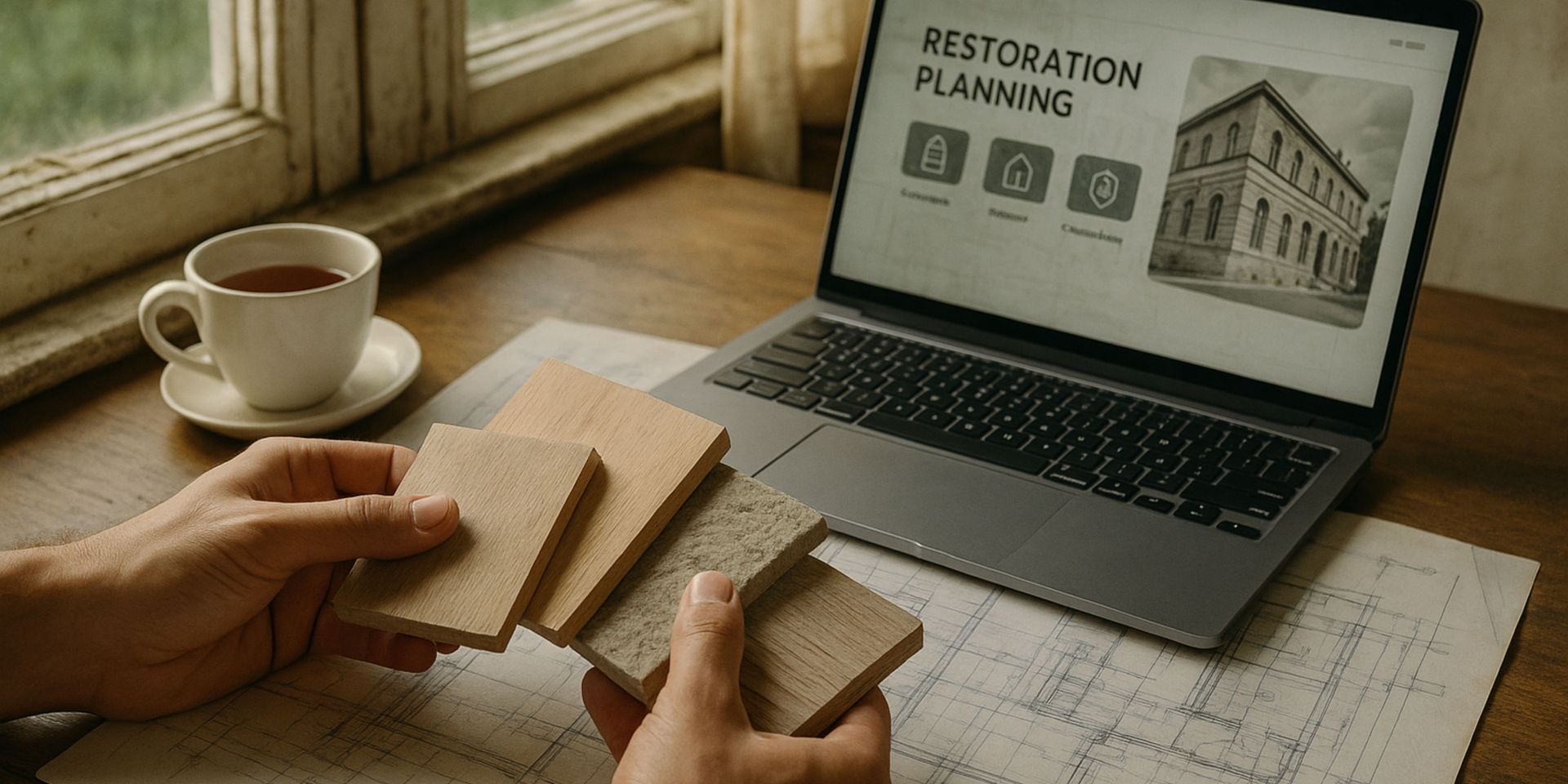
Every building tells a story. The materials used in its restoration should respect that story while preparing it for future chapters. Whether you lean more towards tradition or modernity, the key is understanding how each material behaves and where it makes the most sense.
If you are planning a restoration project and need advice on materials or methods, we are here to help.
Visit
www.pointbuilders.co.uk to learn more about how we approach restoring period properties with care, craftsmanship and experience.



